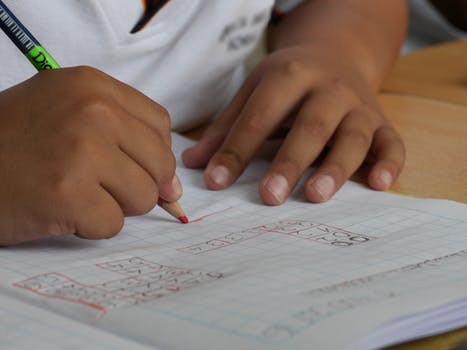Are you looking for ways to teach kids to find supporting details while reading? If so, keep reading.
1. Give practice in identifying the supporting details by using an app that gives the student instant feedback.
2. Make sure the student has mastery of reading ideas at each level before introducing a new skill level.
3. Make sure the student is not required to learn more information than they are capable of learning at any time.
4. Minimize the emphasis on competition. Competitive learning activities may cause the student to hurry and commit errors.
5. Minimize the amount of information on a page if it is causing visual distractions for the student (e.g., have less print to read, isolate information that is presented to the student, etc.).
6. Spotlight essential information the student reads (e.g., instructions, tasks, etc.).
7. Separate at several points during the presentation of information to check the student’s comprehension.
8. Minimize the amount of content the student reads at one time (e.g., lessen reading content to individual sentences or one paragraph, etc.). As the student experiences success, slowly increase the amount of content.
9. Compose paragraphs and short stories requiring skills the student is presently developing. The passages must be of interest to the student using their name, family members, friends, pets, and exciting experiences.
10. Make sure that the reading requirements of all subjects and tasks are within the capacity and ability level of the student. If not, modify or adjust the reading content to the student’s capacity and ability level.
11. Utilize reading sequence learning materials with high interest (e.g., adventure, romances, mysteries, athletics, etc.) and low vocabulary.
12. Provide the student time to read a selection more than once, emphasizing comprehension rather than speed.
13. Consider using AI to teach reading comprehension.
14. Consider using Alexa to teach reading skills.
15. Try using one of our many apps designed to teach literacy skills and help students with reading issues:
10 Apps That Teach Your Child to Read
7 Must-Have Apps to Make Learners Love Reading
7 Must-Have Phonics Apps and Tools
9 Reading Apps and Tools for the Elementary Classroom
The Tech Edvocate’s List of 24 Literacy Apps, Tools & Resources











